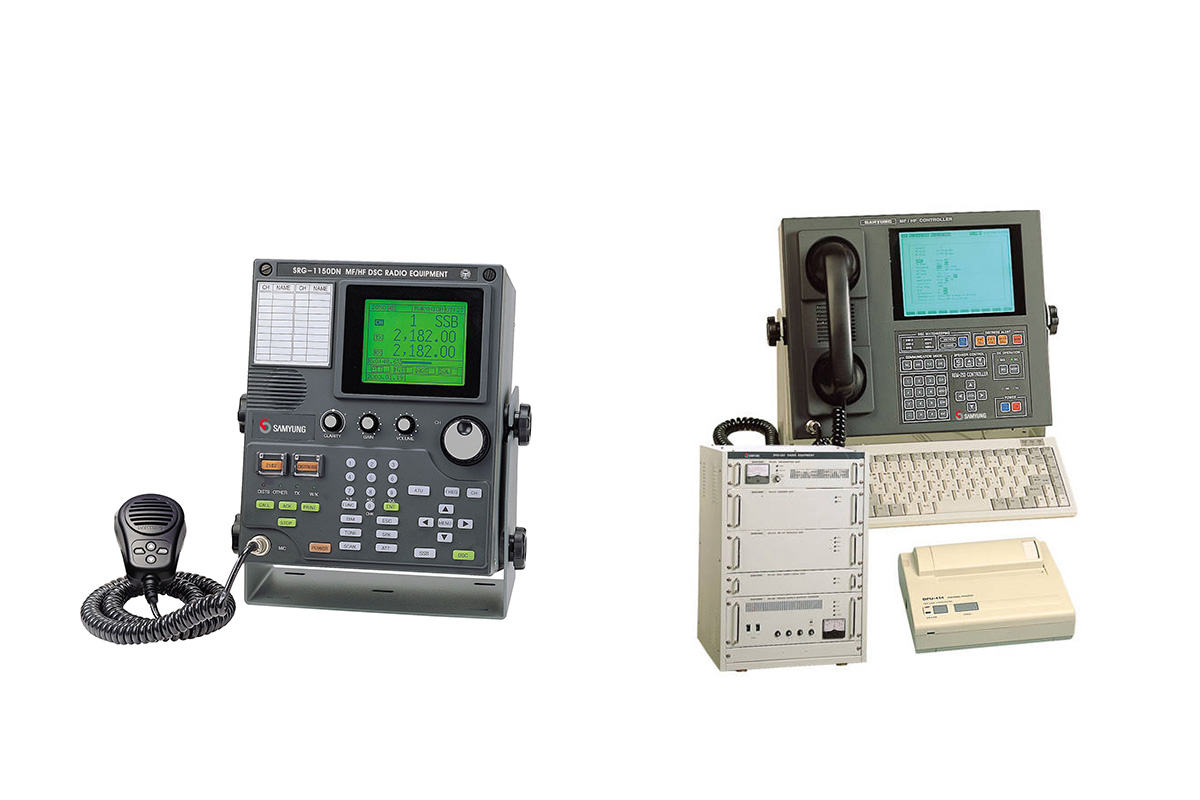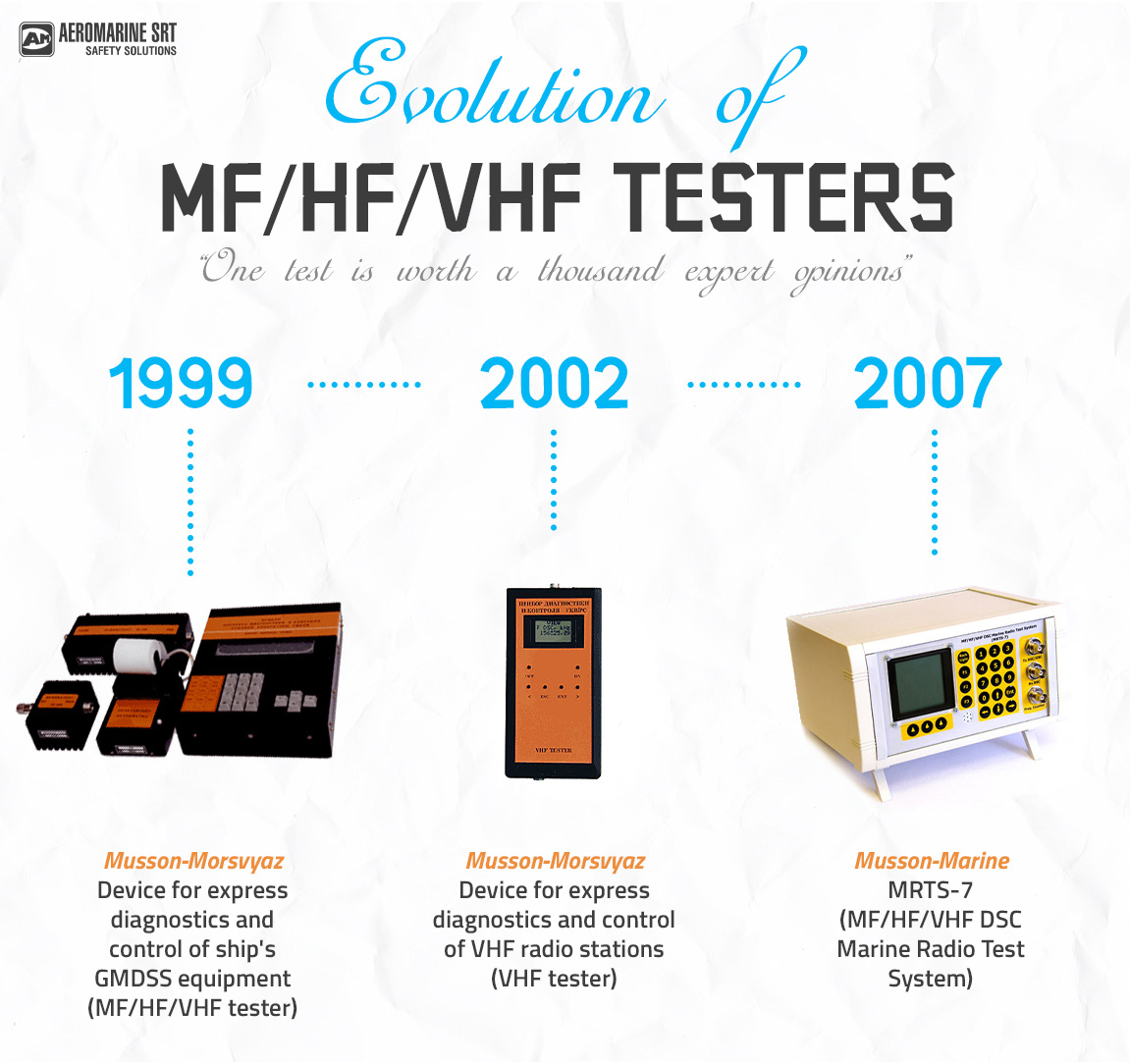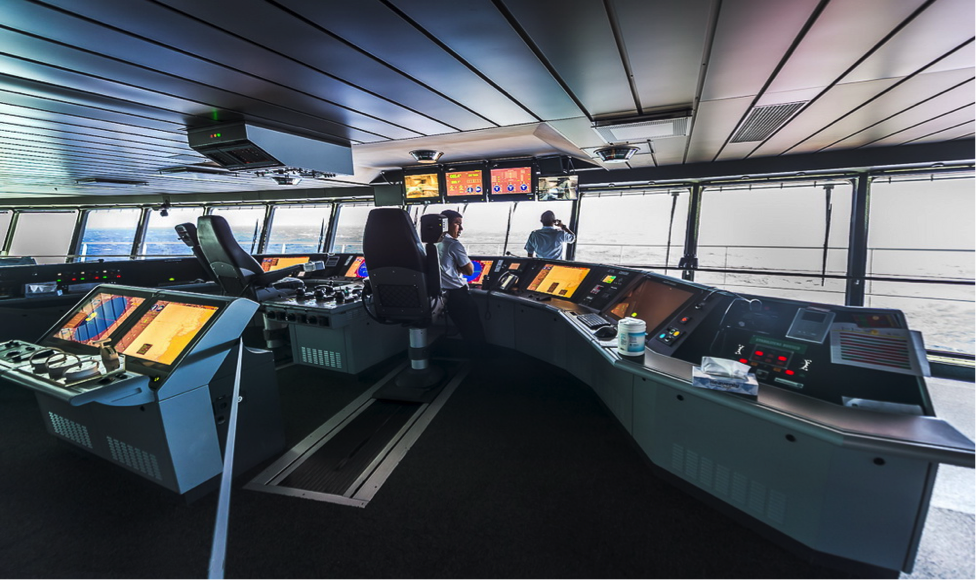Portable two way Survival craft VHF Radiotelephone
Portable two way VHF radiotelephone equipment is used for communications between survival craft and rescue vessels. It may also be used for onboard communications on channels 15 and 17. Newer models automatically reduce the power to 1 W when these channels are selected. The equipment typically comprises a small hand-held transceiver with integral antenna.

IMO performance standards
The equipment should comprise at least:
• A transmitter and receiver;
• An antenna which may be fixed or mounted separately; and
• A microphone with a PTT and loudspeaker.
The equipment should:
• Be capable of being operated by unskilled personnel;
• Be capable of being operated by personnel wearing gloves for immersion suits;
• Be capable of single–handed operation except for channel selection;
• Withstand drops on to a hard surface from a height of 1 m;
• Be watertight to a depth of 1 m for at least 5 min;
• Maintain watertightness when subjected to a thermal shock of 45 deg C under conditions of immersion;
• Not be unduly affected by seawater, or oil, or both;
• Have no sharp projections which could damage survival craft;
• Be capable of operating in the ambient noise level likely to be encountered on board ships or in survival craft;
• Have provisions for its attachment to the clothing of the user;
• Be resistant to deterioration by prolonged exposure to sunlight;
• Be either of a highly visible yellow/orange colour or marked with a surrounding yellow/orange marking strip;
• Be capable of operation on the frequency 156.800 MHz (VHF Ch. 16) and on at least one additional channel;
Note: Some authorities require channels 6, 13, 16 and 73 at least.
• Be fitted with channels for single–frequency voice communication only (i.e. duplex channels not allowed);
• Be provided with an on/o switch with a positive visual indication that the radiotelephone is switched on;
• Be provided with a manual volume control by which the audio output may be varied;
• Be provided with a squelch (mute) control and a channel selection switch:
– Channel selection should be easily performed and the channels should be clearly discernible.
– Channel indication should be in accordance with Appendix 18 of the ITU Radio Regulations.
– It should be possible to determine that channel 16 has been selected in all ambient light conditions.
• Be operational within 5 s of switching on; and
• Not be damaged by the effects of open–circuiting or short–circuiting the antenna.
Output power/sources of energy
The effective radiated power should be a minimum of 0.25 W. Where the e ective radiated power exceeds 1 W, a power reduction switch to reduce the power to 1 W or less is required. When this equipment provides for on–board communications, the output power should not exceed 1 W on these frequencies.
The source of energy should be integrated in the equipment and may be replaceable by the user. In addition, provision may be made to operate the equipment using an external source of electrical energy.
Equipment for which the source of energy is intended to be user–replaceable should be provided with a dedicated primary battery for use in the event of a distress situation. This battery should be equipped with a non–replaceable seal to indicate that it has not been used.
The primary battery should have sufficient capacity to ensure 8 h operation at its highest rated power with a duty cycle of 1:9. This duty cycle is defined as 6 s transmission, 6 s reception above squelch opening level and 48 s reception below squelch opening level.
Primary batteries should have a shelf life of at least 2 years, and if identified to be user–replaceable should be of a yellow or orange colour or marking.
Batteries not intended for use in the event of a distress situation should be of a colour or marking such that they cannot be confused with batteries intended for such use.
Brief operating instructions and expiry date for the primary batteries should be clearly indicated on the exterior of the equipment.
Equipment Operation
The equipment is operated in the same fashion as any hand held (or ‘walkie-talkie’) type unit. Controls are provided for volume, squelch and channel operation. Transmission – reception is controlled by a ‘push-to- talk’ switch located on the side of the unit.
Carriage Requirements
GMDSS vessels over 500 GRT are required to carry three portable survival craft VHF transceivers. Vessels of 300–500 GRT carry two. They are usually stored on or near the navigating bridge, for easy transport to survival craft. As the equipment uses re–chargeable batteries, the transceivers are stored in a ‘drop in’ type of battery charging cradle.





Be the first to comment